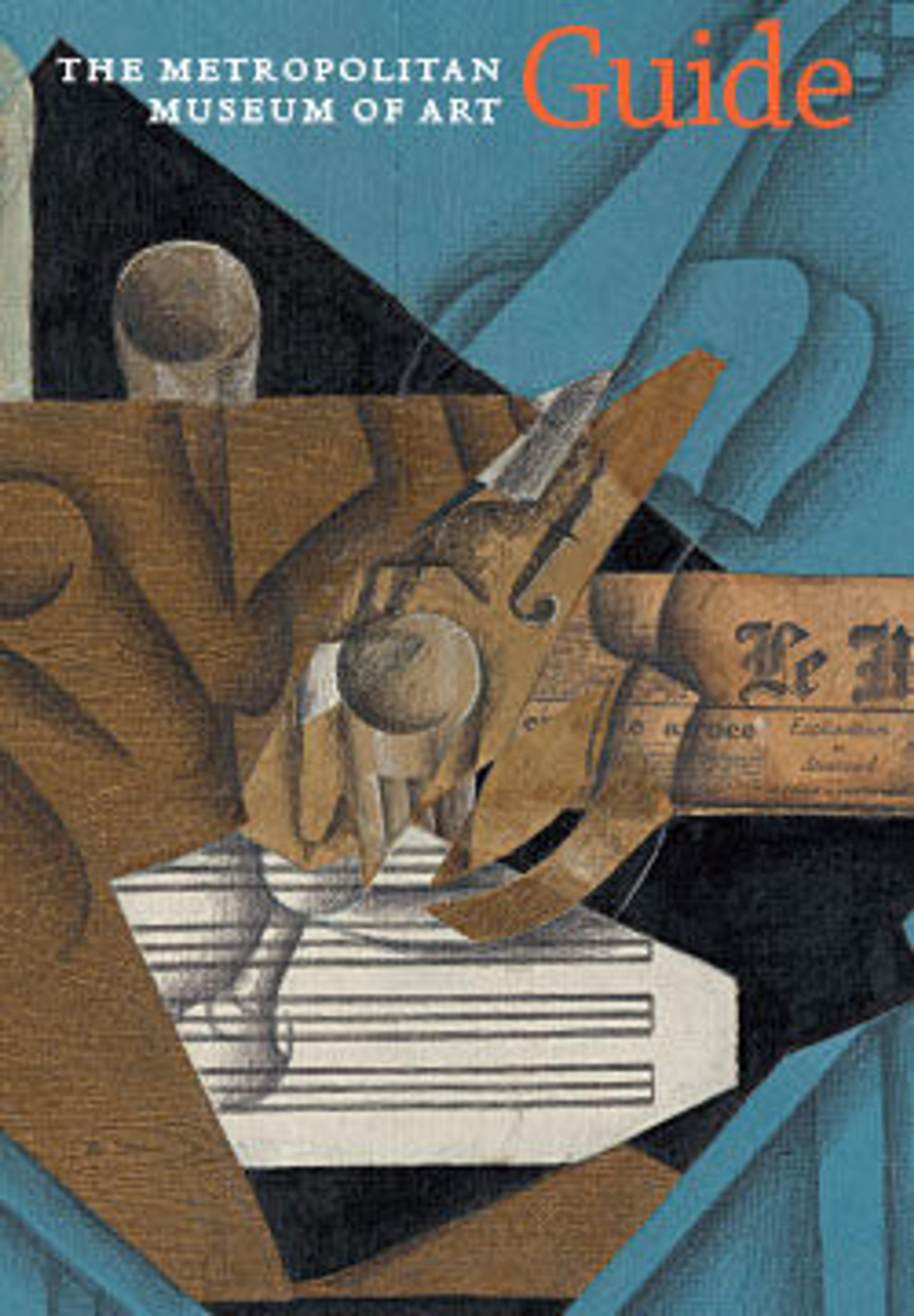English
Clothing the Naked
Clothing the naked is one of the Seven Acts of Mercy traditionally promoted in Catholicism. Sweerts reduces the theme to a fraught confrontation between two individuals, one opulently dressed, the other nude and seemingly wary of the garments offered to him. He painted this image, most likely for a Catholic patron, while living in Amsterdam and engaged in regular fasting and other acts of devotion. In 1662 the artist joined a group of missionaries bound for Persia, although he was later dismissed from their company for his erratic behavior.
Artwork Details
- Title: Clothing the Naked
- Artist: Michiel Sweerts (Flemish, Brussels 1618–1664 Goa)
- Date: ca. 1661
- Medium: Oil on canvas
- Dimensions: 32 1/4 x 45 in. (81.9 x 114.3 cm)
- Classification: Paintings
- Credit Line: Gift of Mr. and Mrs. Charles Wrightsman, 1984
- Object Number: 1984.459.1
- Curatorial Department: European Paintings
More Artwork
Research Resources
The Met provides unparalleled resources for research and welcomes an international community of students and scholars. The Met's Open Access API is where creators and researchers can connect to the The Met collection. Open Access data and public domain images are available for unrestricted commercial and noncommercial use without permission or fee.
To request images under copyright and other restrictions, please use this Image Request form.
Feedback
We continue to research and examine historical and cultural context for objects in The Met collection. If you have comments or questions about this object record, please complete and submit this form. The Museum looks forward to receiving your comments.
